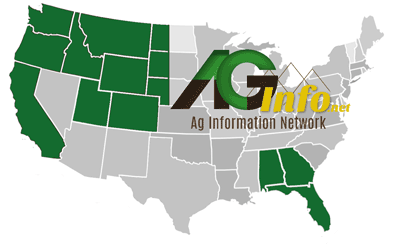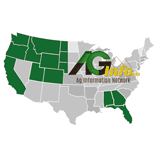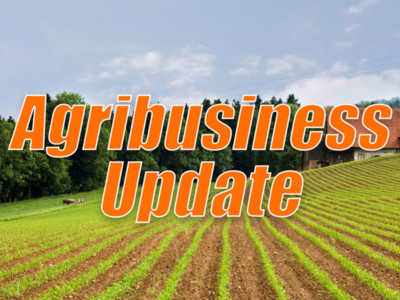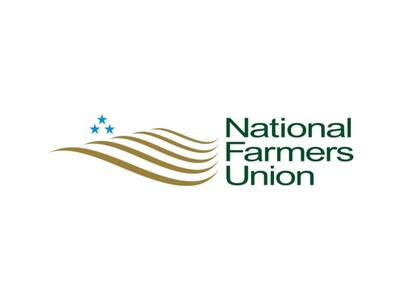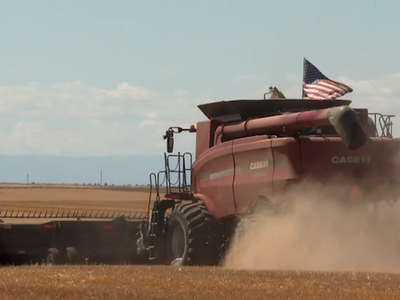More water rights
IDWR Director finds shortfall in 2024 end-of-season Methodology Order; groundwater users not protected by settlement encouraged to join their local groundwater districtIn the ongoing Surface Water Coalition’s (SWC) conjunctive administration delivery call, Director Mathew Weaver of the Idaho Department of Water Resources (IDWR) issued a final order on Friday, Nov. 29, identifying an end-of-season shortfall of 44,900 acre-feet of water to the Twin Falls Canal Company’s reasonable carry-over storage volume.
Water users with groundwater rights from the Eastern Snake Plain Aquifer (ESPA) with priority dates later in time than January 25, 1970, and who are not covered by an approved mitigation plan, have 14 days from the date of the order to demonstrate that they can mitigate for the reasonable carry-over shortfall.
If a junior groundwater user fails to establish, to the satisfaction of the Director, their ability to mitigate for the reasonable carryover shortfall of 44,900 acre-feet in accordance with an approved mitigation plan, the Director, under Idaho law, must issue an order curtailing the junior-priority groundwater use to ensure senior Idaho water users are made whole.
Junior water users could, for example, join their local ground water district.
Groundwater users covered by the following approved or pending stipulated mitigation plans are not affected by this order, if they are in compliance with their mitigation plan:
The 2024 SWC/Ground Water District Stipulated mitigation plan.
The A&B Irrigation District mitigation plan.
The Coalition of Cities mitigation plan.
The Southwest Irrigation District mitigation plan.
Water Mitigation Coalition mitigation plan. “The majority of water users in the ESPA are in an approved mitigation plan and the impacts from this finding are relatively minor because of the smart foresight of water users in adopting these mitigation plans. However, this order is a reminder that the irrigation season is long and water supply conditions can change greatly during the course of a water year,” Director Weaver said. “In the Upper Snake, what might have felt like a wet year, in the beginning, has ended up below normal, with senior surface water users relying heavily on their storage water as a result.
“For the small minority of junior groundwater users without the protection of a mitigation plan, curtailment can come even late in the year, as required by Idaho law. I’m very thankful that IGWA and the SWC were able to stipulate to a mitigation plan in November that protects thousands of junior groundwater irrigators from this curtailment. This farmer-led solution provides certainty for agriculture and future water use.”
Groundwater users recently brought into the delivery call proceedings on July 1, 2024, with the enactment of Senate Bill 1341 will not be affected, as they have until the end of the 2025 irrigation season to establish or join a mitigation plan, officials said. These water users are located in tributaries of the ESPA region.
The Nov. 29 order is part of the court-approved process IDWR uses to determine injury to senior water right holders caused by junior-priority water users pumping from the ESPA. The orders are necessary as a result of a 2005 water call by the SWC that was upheld by District Court.
Under Idaho water law, water users with senior water rights have priority over water users with junior rights. Under the Prior Appropriation Doctrine, it’s “first in time, first in right.” The SWC has water rights dating back to the early 1900s. On the Snake River, IDWR administers both surface and ground water resources together as one whole, or “conjunctively.” In general, groundwater users’ water rights are junior to surface water users because their water rights date to the 1940s or 1950s at the earliest.
Please see the Director’s Nov. 29 Methodology Order for more details.
c
